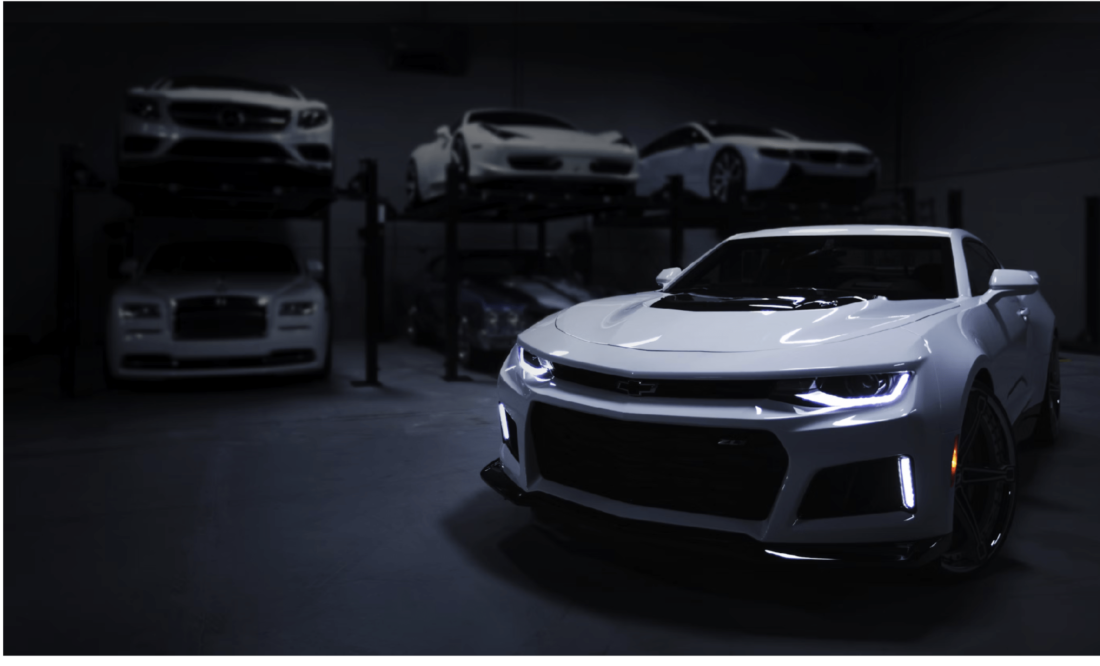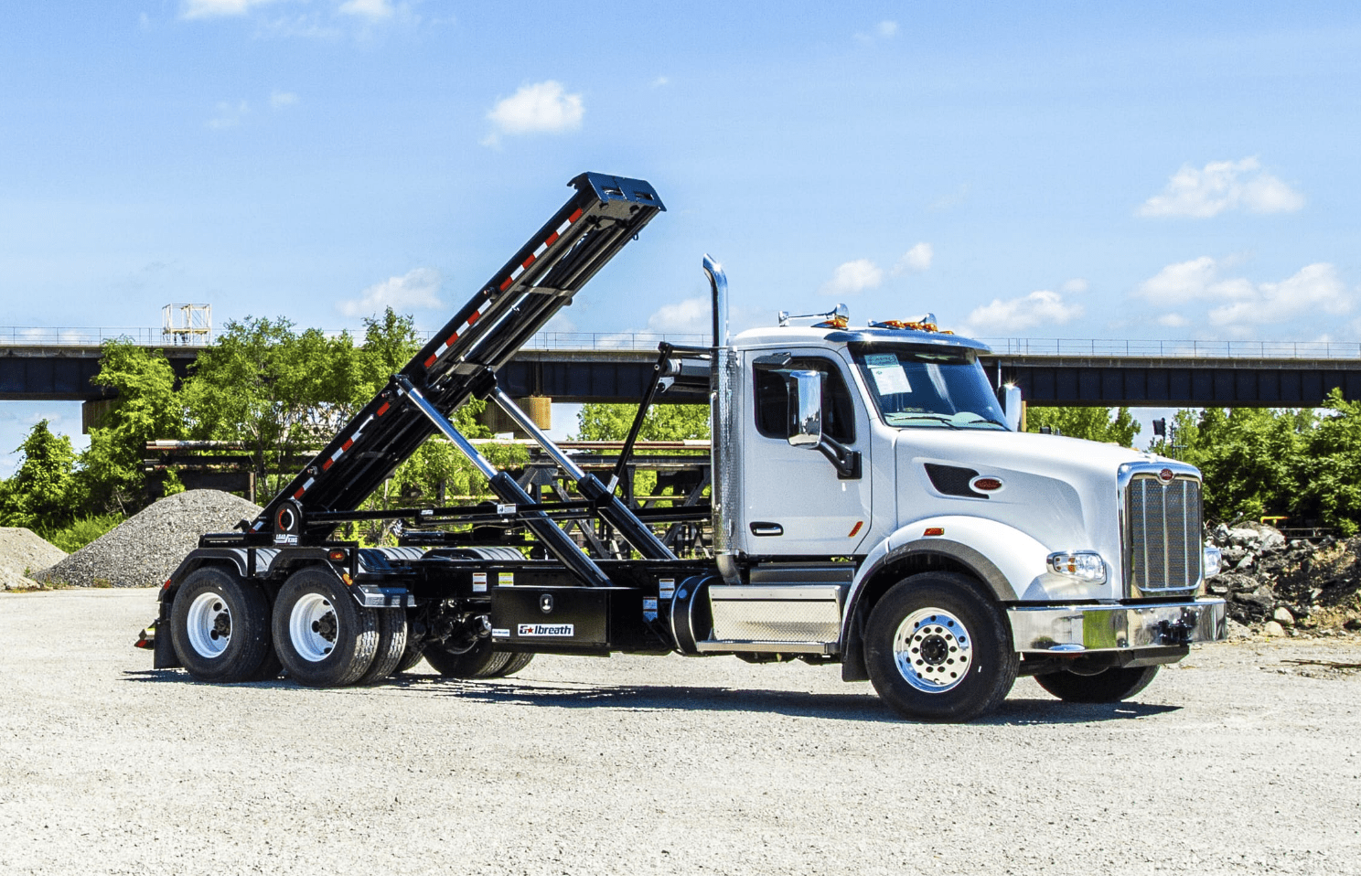7 Common Mistakes People Usually Make While Buying a Used Car
7 Common Mistakes People Usually Make While Buying a Used Car
Buying a vehicle is one of the biggest purchases you’ll ever make. It is estimated that almost 16% of an average American’s total budget goes into transportation, which includes vehicle and fuel costs. That makes it the second biggest expense after housing.
You would want to be sure that you’re getting a quality car at the right price. But all too often, people make mistakes when buying used vehicles. To help you avoid these common pitfalls, we’ve assembled this handy list of tips for buying second-hand cars:
Not Checking the Car’s Maintenance Records
You cannot judge a book by its cover. A car seller would use the best car wax and polish on it before showing it to potential customers. A good wax can give a car a shine of a new one, even if it is many years old.
The best automotive wax in the market takes only one to two hours of your Saturday afternoon’s time to give you a high shine new looking car. And though your car’s exterior will change with the best car polishes and waxes, you need to determine its overall condition.
Therefore, check whether or not the car you are looking to buy has been maintained properly all through. If there aren’t any records of maintenance services performed, it may indicate that the vehicle has been neglected in some way and will likely have mechanical issues in the future.
If you cannot find any maintenance records for your potential purchase, don’t be afraid to ask questions about them. Make sure that all your queries are answered before signing on the dotted line.
If there aren’t any records, this could mean that something went wrong during previous ownership and they didn’t get fixed (or maybe they didn’t care). Keep this in mind when thinking about actually purchasing a car without proper documentation. There could be hidden problems lurking underneath its exterior beauty.
Paying Too Much for a Used Car
As per Statista, the used car selling price jumped to over 26,700 USD in 2021, which is 4,000 USD more than in 2020. However, the price was 37% cheaper than the year’s average new vehicle selling price.
If you’re looking to buy a used car, the first thing you need to do is determine its market value. This can be done by checking out how much similar cars are being sold for at dealerships or online sites like AutoTrader or eBay Motors, as well as on Craigslist and other classifieds sites.
Not Running a Vehicle History Report
A Vehicle History Report is simply a report that includes information about the previous owner of a car, including how many owners it has had and if any accidents or thefts were reported on it. These reports can be run online or by calling up your local DMV office and asking them to pull one for you.
It’s important to run one of these reports before buying a used car because they can alert you to any potential problems with the vehicle that is not obvious when looking at it in person. For example, if the car was previously owned by someone who had an accident in their driveway, and therefore never reported it, you might find out about this from running a VHR.
In addition to giving you more information about the history of your soon-to-be new ride, having a VHR will give you extra peace of mind should something go wrong down the road with your purchase.
Ignoring a Car’s Safety Features
You should check that the vehicle has airbags and seatbelts. It is also important to check whether or not the car has electronic stability control (ESC). This feature helps to prevent rollovers and minimize the risk of a crash.
It’s also essential to make sure your used car has a backup camera, as well as blind-spot monitoring, which alerts you when there is something in your blind spot. You should also consider getting safety features like lane departure and forward collision warnings if they’re available on models in your price range.
Skipping the Test Drive
A test drive is a crucial part of the buying process because it allows you to see if the car fits your needs and see if it’s reliable. You can also find out how the car drives, how it handles, and whether or not it is comfortable. Skipping this step could mean that you end up buying a vehicle that doesn’t work for your lifestyle.
Forgoing an Inspection
Let’s say you find a perfect car and an even better deal. You’re so excited, you just jump right into the purchase without even thinking about whether or not it’s been inspected by a mechanic.
While this may seem like an easy way to save time and money (and who doesn’t love saving money?), it could end up costing you significantly more in the long run if there are any problems with the vehicle.
It’s important to know how to find a good mechanic and what they should be looking for when inspecting your used car. If they have enough experience, they’ll know what kinds of issues are likely to arise based on the age and make of your vehicle.
They will also be able to tell if something needs immediate attention or if it can wait until after purchase before being fixed up.
Buying the Wrong Car for Your Needs
The other common mistake people make when buying a used car is buying the wrong car for their needs. If you want to buy a sporty convertible and think that your budget will allow it, but then realize that you have school-age children and need more cargo space, then it’s time for some rethinking.
Fortunately, there are plenty of vehicles on the market to fit every lifestyle, from small cars with great fuel economy for city dwellers to SUVs for families with kids. The trick is knowing which type of vehicle will best suit your lifestyle before even visiting a dealer.
One way to do this is by considering what kind of things are important to you in a car. If getting good gas mileage is important, then maybe don’t buy an SUV. If having lots of trunk space matters, then perhaps go with an SUV or minivan instead of something smaller like a compact car.
Takeaway
Used cars can be a great value, but you have to do your research. According to Precedence Research, the used car market value was 1,411.5 billion USD in 2020, and it is expected to be 2,526.02 billion USD by 2030.
When buying a used car, make sure you’re buying from a trusted source and that it’s not just a lemon with a fresh coat of paint. If the price seems too good to be true, it probably is.
Don’t forget about maintenance, either. The more recent the model, the easier it will be to find parts if something goes wrong down the road. And lastly, don’t fall for dealer tricks like extended warranty packages or loaner cars. They’re usually just ways for them to make money off of you.


